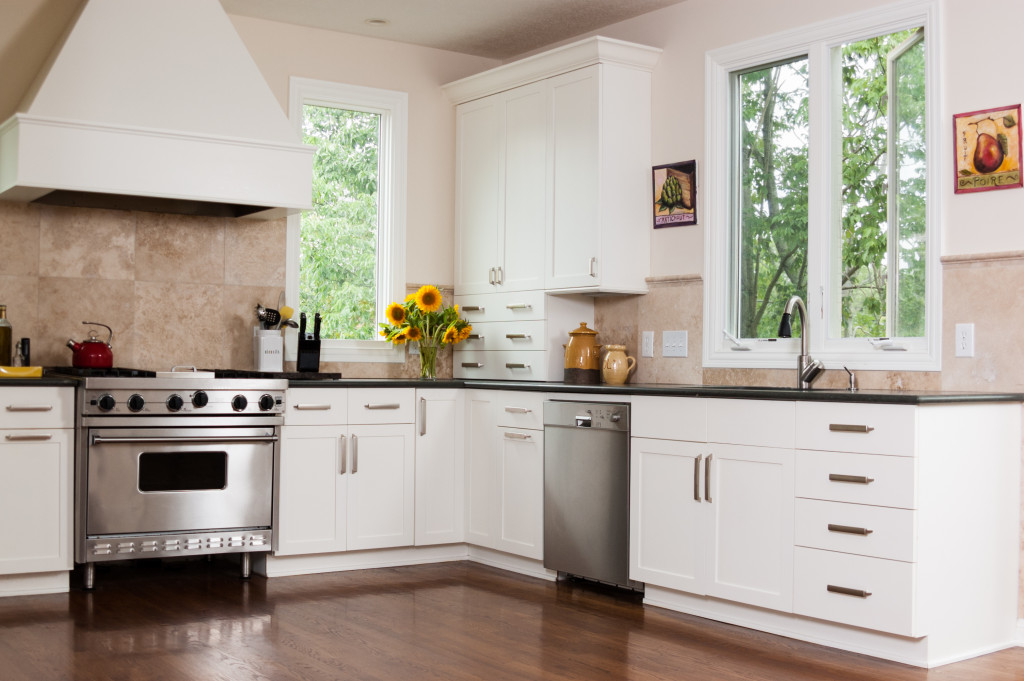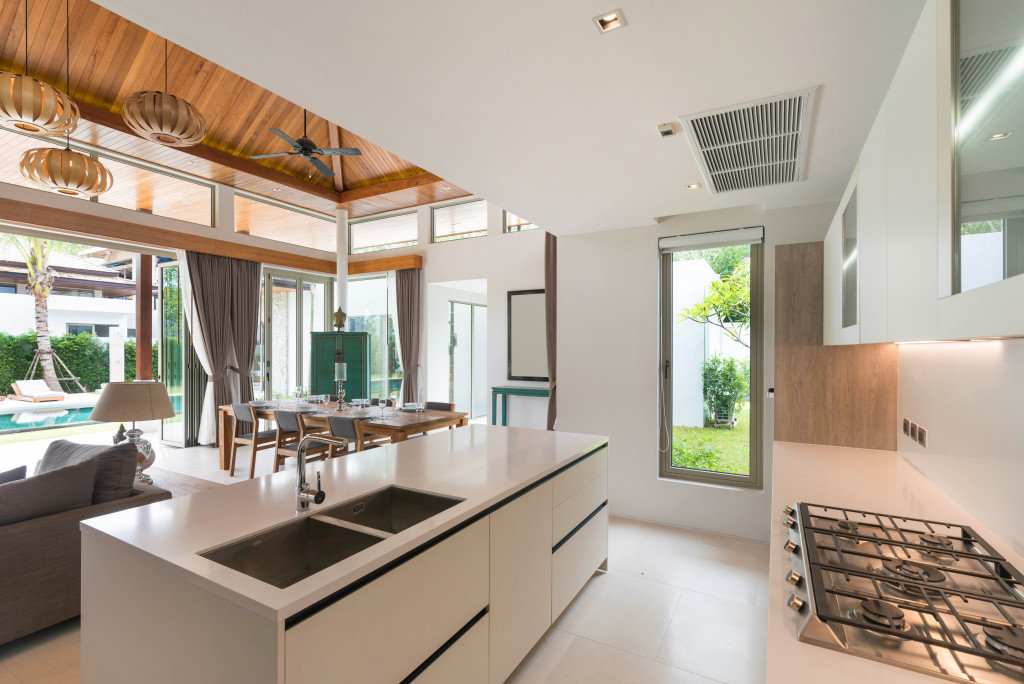Water damage is still the leading cause of deterioration in any building structure, especially houses. This usually happens in the kitchen or utility area where the water connection is. It can start as dripping from the pipes that you can catch with a bucket. But it can go as bad as to damage your fixtures if left unattended.
What Causes Water Damage?
It is worth noting that water damage happens more often with small leaks than with all-out flooding. The reason for this is small leaks are harder to detect with the naked eye. When there has been leaking under the sink, significant damage has already happened.
The damage can come in the form of rotting wooden material, tile stains that are hard to remove, rusting on the pipes, and mold and mildew. While some stains and dirt can be removed using typical cleaning tools and disinfectants, others can last even after scrubbing and wiping. Wood that’s been soaked in water, on the other hand, activates dormant fungi and can cause them to expand and start to rot. Damaged wooden cabinets, therefore, require more intensive solutions.
What Is the Right Way to Repair It?

Clearing the Affected Area
The first thing you have to do is empty the affected cabinets and rid your kitchen space of excess water. Wipe the wet areas dry using a highly absorbent microfiber towel to wipe the surfaces dry. You can even blast a fan towards the area to ensure that it’s fully dry.
Now, find the main source of the leak. Before applying a heavy-duty sealant, wipe the metal piping clean of dirt and rust. If the sink is notably a problem area or you have an undermount sink that causes leaks underneath your counter, you can also seal gaps around it. For a more precise application, use a caulking gun with a sealant tube. Cover the corroded area with several layers of sealant, if you will, but make sure every layer is thin and sticks well to the metal. Wait for every layer to dry before applying another.
Initial Clearing and Cleaning
Check your tiles for stains and signs of damage. Try to erase water stains with a baking soda and vinegar solution. Leave it on for a good minute and brush the surface. Note that some tile types absorb water rather than repelling it. Aside from causing dampness and mold development in your kitchen, it can cause stains after a while. It is, therefore, important to choose premium kitchen-grade types of granite the moment you shop for building materials.
After which, you can proceed with a deeper clean using a cap of multi-purpose disinfectant diluted in a liter and a half of water. Spray the solution onto the affected surfaces. Wait a good minute for the disinfectant to neutralize live microorganisms, and wipe the surfaces using a damp microfiber towel. Doing so would not only leave your kitchen with a pleasant smell but also free it from odor and illness-causing germs.
Repairing Significant Damage
Cleaning wooden cabinets can be tricky as the water can seep into the material causing permanent damage. In this case, see if you can still salvage the material by dismantling the doors and checking the wooden panels and metal binders. You can try to dissolve and brush the rust off using a solution with ten parts bleach and 90 parts water. Chipped-off paint or polish can be addressed by sanding the affected surface, applying a coat of wood filler, priming paint, and using a color that matches your current cabinet door’s colors.
When Is the Right Time to Call for Help?
If stains and rust persist despite doing all measures or if you think it would be impractical to retain dilapidated fixtures, you can consider having your kitchen remodeled. That way, you’ll be less stressed having to constantly think about the next leak and massive cleanup. With a kitchen overhaul, you can be assured of using the tap with no hesitation.
Water damage occurs more often than people know it, but its degree varies from case to case. The key to keeping it at bay is ever so frequently checking water pipes for any corrosion and immediately patching up holes before they get bigger. Likewise, regularly cleaning the kitchen and wiping its surfaces dry contributes to its longevity.
Overall, maintaining the integrity of your kitchen and the entire home is a challenge you should submit to when you decide to build and own one. Having the patience to deal with any possible mishaps is a must.




